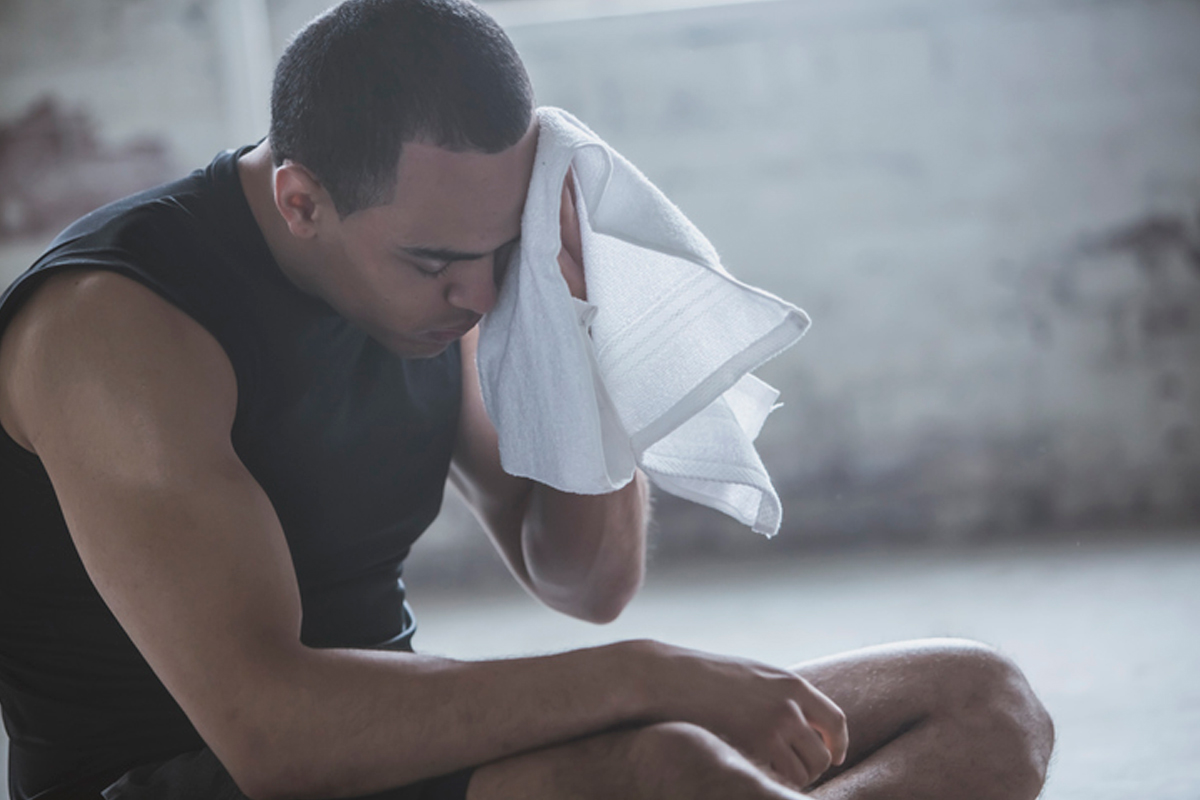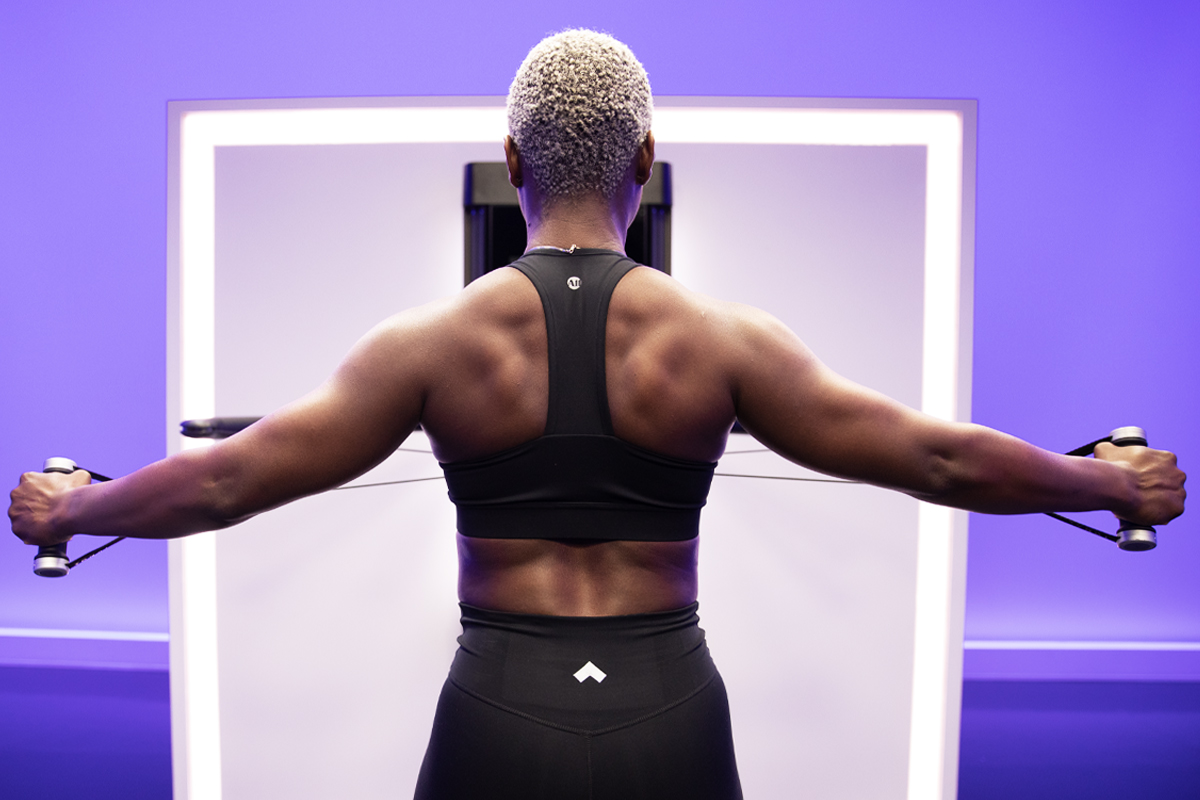This simple tool can improve your range of motion and help you recover faster.

If you’ve been letting your foam roller gather dust, you’re missing out on some big benefits. From reduced muscle tension to better mobility and faster recovery, foam rolling can be a game changer for your performance.
What is Foam Rolling?
“Foam rolling is a form of self-myofascial release or self-massage,” says physical therapist Dan Giordano, PT, DPT, CSCS, who explains that this type of soft-tissue work increases range of motion while soothing soreness. Research on foam rolling is still ongoing, but one meta-analysis has shown that it can improve flexibility and reduce muscle pain.
Foam rolling targets the fascia, or connective tissue that surrounds muscles and organs holding them in place. When fascia becomes stressed, it tightens up and limits mobility, Giordano explains. Foam rolling loosens up the fascia making it more flexible.
“When you foam roll, you are releasing any bound water within the tissues to rehydrate viscous hyaluronan [the substance with fascia that helps it glide over muscle] to create increased lubrication between the layers of the fascia,” says Tonal Coach Liz Letchford, a board-certified athletic trainer with a PhD in kinesiology and rehabilitation science. “Once the bound water is freed within the connective tissue layers, that water helps the viscous honey-like hyaluronan become even more slippery, which is one reason you may feel more mobile after a full rolling session.” In other words, a few minutes of rolling can help you go deeper in a squat or achieve a wider range of shoulder motion during an overhead press.
Read on for the experts’ advice on how to get the most out of your foam roller.
When to Foam Roll
Foam rolling is beneficial both before and after working out. While static stretching prior to a workout can negatively impact your training by reducing your strength and power output, foam rolling lets you warm up your muscles without impacting your performance.
Foam rolling before a workout increases blood flow to the muscles, which improves range of motion and flexibility during exercise, explains Giordano. It’s also a good way to soften sore muscles and make them more pliable before lifting. Letchford adds that foam rolling before exercise stimulates the nervous system and improves your mind-body connection.
If you’re foam rolling prior to exercise, Giordano recommends spending around 30 seconds on each major muscle group.
Post-workout, foam rolling restores blood flow to the tissues and improves lymphatic flow, reducing soreness and helping with the recovery process. If you’re foam rolling after exercise, take one to two minutes rolling out each major muscle to aid recovery.
How to Use a Foam Roller
There’s no right or wrong pace for foam rolling, but Giordano prefers going slower to make sure he hits all areas of a muscle. “As a general rule of thumb, I like to go up and down one to two inches at a time and then move side to side one to two inches,” he says. “That way, you’re getting all angles of the tissue.”
Only foam roll muscles, avoid areas with thinner tissue (like the back of the knee), and never roll over bone. “As you get closer to your tendon area, where the muscle attaches to bone, it could be a little more sensitive because it’s thinner,” says Giordano.
Although you can foam roll pretty much any muscle, Giordano says to skip your neck or lower back as the risk may outweigh the reward in those areas.
“As a general rule of thumb, I like to go up and down 1-2 inches at a time and then move side to side 1-2 inches. You’re getting all angles of the tissue.”
– Dan Giordano, PT, DPT, CSCS
“There are some carotid arteries we have on the front of the neck, and if you dig deep into that area, you could cause some harm,” he says. As for the lower back, Giordano says you run the risk of creating hyperextension by bending too far back, which could lead to spasming in the spine. If you’re experiencing lower back pain, try rolling out your hips or upper back instead.
Foam rolling shouldn’t be painful. Going too hard on your muscles could actually increase soreness by bruising the tissue. “If you’re using too much pressure, decrease the body weight, or the force of your body you’re putting on the foam roller,” he says.
Additionally, avoid rolling over injuries or bruises. “If you feel tingling or numbness, just shift to another spot until the sensation subsides,” Letchford says.
Tonal Foam Rolling Workouts
For more guidance, foam roll along with a Tonal coach in one of these workouts—yes, we’re considering them workouts because even foam rolling can feel like a sweat session sometimes.
Quick Fit: Foam Roller Core Activation – Coach Tanysha Renee

Foam rollers aren’t just for sore muscles. In this Pilates-inspired workout, you’ll use your foam roller to activate your deep core muscles for an extra challenge.
Full-Body Foam Roll – Coach Liz Letchford

Learn how to release upper and lower body muscle tension in this recovery session with Letchford.
Foam Roll for Legs – Coach Natalie Carey

If your quads, hamstrings, and glutes are sore from a day of heavy squatting or deadlifting, Coach Natalie will show you how to foam roll your way to relief in this quick workout.
Roller Release – Coach Allison Tibbs

Coach Allison combines foam rolling with stretching in this workout for a full body recovery.
Advanced Foam Roll – Coach Jared Rodriguez

Once you’ve mastered the basics of foam rolling, try this session with Coach Jared to get even deeper into stiff muscles with advanced techniques and breathwork.


